#Monument Valley III
Explore tagged Tumblr posts
Text
ok but the totem/cubey friend in monument valley 3 growing into a boat vs the one in monument valley 1 getting lost under the waves... ough
#monument valley iii#monument valley game#I just discovered I could get all 3 games through my parents' netflix#It's the first time I've played monument valley 1 since my kindle fire died way back when#and the first time ever I've played the sequel#(Sequels plural i guess since apparently there's a third one now)#I was incredibly pleased to find that it was not just nostalgia talking and the game really is as gorgeous as i remembered#And it still makes me feel things even as a jaded college student#Monument valley ii was also lovely#I have not finished monument valley iii yet. It feels... different. but not inherently worse
23 notes
·
View notes
Text




Beautiful as always. Can’t tell if it was easier than the first two or if I just got better at it? (Probably the former.)
11 notes
·
View notes
Text



It's an app...by Netflix?
4 notes
·
View notes
Text
youtube
Monument Valley 3 — Release Date Trailer | gamescom 2024
5 notes
·
View notes
Text
Seriously losing my cool in Monument Valley 3. :D
2 notes
·
View notes
Text


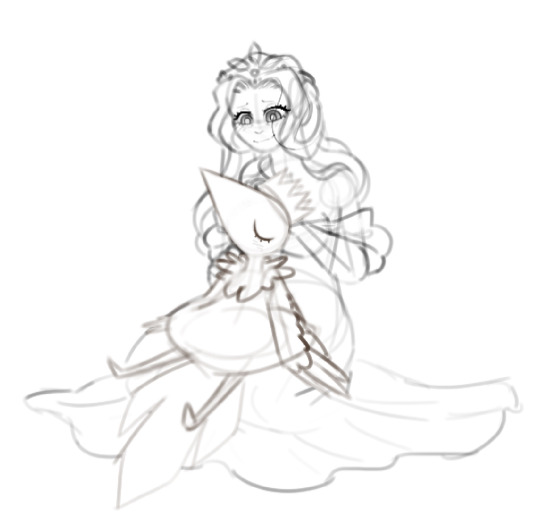

So Monument Valley III came out recently and it brought back my hyperfixation for the game series. So naturally I had to combine it with my current hyperfixation
I know these games have pretty much nothing in common, but they both have a princess and crow-like entities and that’s good enough for me
#inky doodles#slay the princess#slay the princess spoilers#stp spoilers#stp the long quiet#stp princess#monument valley#monument valley game#monument valley ida#ida is the only correct answer for a shifting quiet kid#i will not take any criticism
236 notes
·
View notes
Photo
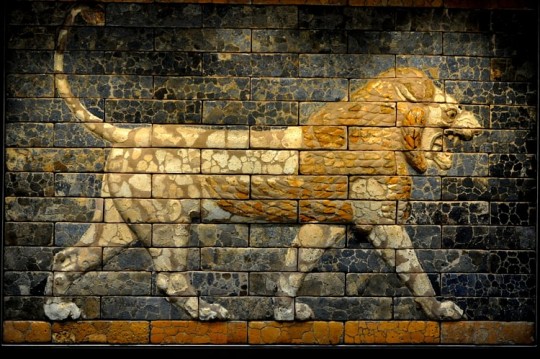
Mesopotamian Art and Architecture
Ancient Mesopotamian art and architectural works are among the oldest in the world, dating back over 7,000 years. The works first appear in northern Mesopotamia prior to the Ubaid Period (c. 5000-4100 BCE) and then developed in the south during the Uruk Period (4100-2900 BCE) in Sumer which established the first historical civilization.
According to some scholars, the works of the Indus Valley Civilization (c. 7000 to c. 600 BCE) pre-date those of Mesopotamia, but the Indus Valley developments do not appear until the Early Harappan Period (c. 5500-2800 BCE) by which time Mesopotamian works were already established. Early artwork and construction are evidenced in northern Mesopotamia at sites such as Göbekli Tepe (c. 10,000 BCE) and Ҫatalhöyük (c. 7500 BCE), both in modern-day Turkey, and Tell Brak (c. 6500-5000 BCE), in Syria.
The development of these works then progressed through the following eras, though, owing to space limitations, the Hittite and Kassite periods will not be addressed:
Ubaid Period – c. 5000-4100 BCE
Uruk Period – 4100-2900 BCE
Early Dynastic Period – 2900-2334 BCE
Akkadian Period – 2334-2218 BCE
Ur III Period – 2047-1750 BCE
Old Babylonian Period – c. 2000-1600 BCE
Hittite Period – 1700-1200 BCE
Kassite Period – c. 1595 to c. 1155 BCE
Assyrian Period – c. 1307-912 BCE
Neo-Assyrian Period – 912-612 BCE
Neo-Babylonian Period – 626-539 BCE
Achaemenid Persian-Sassanian Persian Period – c. 550 BCE to 651 CE
Artworks included reliefs, sculpture, statuary cast in metal, ceramics, jewelry, cylinder seals, stele & monuments, obelisks, and wall paintings. Mesopotamian monumental architecture is epitomized by the ziggurat, but the Sumerians were also responsible for the first large-scale palaces and temples, as well as urban planning, the arch, canals, and aqueducts, landscaped gardens, and architectural ornamentation. These early innovations would become more refined in the region through succeeding periods and influence the works of other cultures in the Near East and Mediterranean regions.
Earliest Sites & Base Materials
Although the Göbekli Tepe site is dated to c. 10,000 BCE, the first permanent settlements in that area are thought to have been established earlier, and, possibly, for the sole purpose of building the structure which most scholars believe was a temple. Göbekli Tepe is among the earliest sites, along with others such as Nevalı Çori (also in modern-day Turkey), to feature monumental architecture – including the oldest known megaliths in the world at Göbekli Tepe – as well as reliefs.
Architecturally, the site is comprised of circular areas and rectangular buildings with T-shaped pillars of limestone, some carved with images of wildlife in low and high relief. There is little evidence of human activity in the sculptures which seem to emphasize the natural world and, in some interpretations, the people's relationship with their gods. Some scholars associate the site with the later settlement of Ҫatalhöyük, though this claim has been challenged as the design of Göbekli Tepe, and the tools found there, differ from the later site.
Whatever purpose Göbekli Tepe originally served, it was a communal site associated with ritual, while Ҫatalhöyük was entirely residential. No public buildings have been found at the site which is comprised of tightly clustered mudbrick residences accessed by ladders or steps from a hole in the roof. Artwork from the site includes murals and statuary – such as the famous Seated Woman of Ҫatalhöyük – as well as ceramics. The artwork seems to focus on the natural world and the concept of fertility as several pieces represent female figures and erect phalluses.
The people of Ҫatalhöyük used clay, limestone, marble, and other materials for their statuary and paint created from natural substances. The figurines, statuary, and murals are usually interpreted as representing religious concepts, but this claim is not universally accepted. There is no evidence of urban planning at the site; it seems to have developed organically with buildings attached to each other and people using the rooftops for communal activities and movement as there are no streets, courtyards, or public squares.
Continue reading...
120 notes
·
View notes
Text






Monument Valley 1 - Titles and Geometries (II, III and IV)
54 notes
·
View notes
Text
"10 People I’d like To Know Better" Tag game!
Thanks for the tag @villainsidechick ! 🥰
Last Song: "Blood Sweat & Tears" by Sheryl Lee Ralph (yes from the arcane S2 soundtrack lol)
Favorite Color: any shade of blue!
Last Book: "Crucial Conversations: Tools for Talking When Stakes are High" (read this for my work mentorship last year and it's honestly super good for personal conversations, too)
Movie: Pirates of the Caribbean: Dead Man's Chest (been doing a rewatch of the trilogy)
Last Game: Monument Valley III
Last Show: Andor (I literally just binged the last three eps and sobbed the whole way through. Fucking AMAZING show holy shiiitttt cannot wait for S2.)
Sweet/Spicy/Savory: I've got a sweet tooth and the cavities to prove it
Relationship: Together with my husband since 2014, married since 2018! We just celebrated our 7 year wedding anniversary on Monday! 🥰
Last Internet Search: "music opposite of staccato" (I was trying to remember the term for legato while taking notes for the voice lesson I just took! I'm super fuckin excited about learning how to properly sing.)
No pressure tags: @deny-the-issue @juniper-sunny @purplefangirl42 @purpurniymstitel @ink-and-dagger @averagecrastinator @pluviofleur @anon-nee @constantfragmentation @x-amount-verbs
26 notes
·
View notes
Text
Second-guessing all the work I did years ago to pinpoint where-ish Hill Valley is located.
It feels like it's meant to be somewhere in central California, and I've historically skewed a little more southern for it, given the fact that some of the scenery we see in Part III is much more desert in nature (due to them having filmed parts of the movie in Monument Valley as a nod to all the classic Westerns filmed there). But now I'm wondering if it should be a little more northerly, even if the biomes don't exactly line up -- after all, it was filmed in a number of different places, not just Arizona.
I had -- after doing loads of research -- settled on Fresno County for a number of reasons. It has several other towns of what felt like about the right size (I based population estimates for one fic off of Reedley and Sanger). Additionally, one of the important filming locations for Part III (Jamestown) is in nearby(-ish) Tuolumne County, and Route 395, which appears on a sign in downtown Hill Valley in the first film, runs through adjacent Inyo County (both of which are a little too sparsely populated to house a town Hill Valley's size themselves).
But now I'm wondering if Hill Valley is supposed to be closer to Sacramento than Fresno. I started down this rabbit hole for two reasons -- one, I was reminded recently that Doc mentions the nearby lake actually freezing over in the winter at one point, which might imply closer proximity to the mountains, and two, while playing through the game yesterday (which I consider secondary canon, but still informs my thoughts somewhat), I noted multiple references to Sacramento, as well as a character implying Placerville isn't too far away. Placerville is in El Dorado County, which borders Sacramento County. So now I'm finding myself leaning towards either there, Placer County, or Sacramento County?? Help.
(Technically, Hill Valley is located in the made-up "Hill County" but I've decided that's boring because it doesn't tell you anything about where in the state it is, so I've decided to ignore it. California is a big state with very different vibes in the different regions, I want to have some idea of what vibes are relevant!)
#californians please interact#(half joking.... but also)#this trilogy is going to make me insane. i swear#just enough real details to make the made up ones stand out glaringly when i try to do research#and god am i trying#f: your future is whatever you make it
25 notes
·
View notes
Note
Ramses I
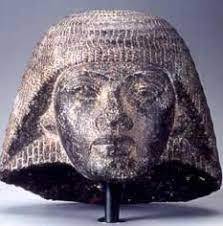
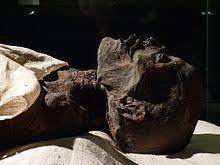
Ramses the I is usually somewhat overlooked, partially due to being overshadowed by his eventual successors and namesakes, Ramses II and Ramses III, the former of which is considered to be 'Ramses the Great', and both of which achieved great things in the realm of battle and buildings. Also unfortunate for Ramses I is the length of his reign, which while disputed, is considered to have been relatively short.
Menpehtyre Ramses, born of Seti, started and was the first Pharaoh of the 19th dynasty of Egypt, and the dates of his reign are generally considered to be around 1292–1290 BC or 1295–1294 BC. However, he was born as a common man, and his father, Seti, was a military commander. Originally, Ramses I's name was Pa-ra-messu, and he eventually grew to succeed his father's rank in the military. Due to this, he became a close confidant with the Pharaoh of the time, the Pharaoh Horemheb.
You may know Horemheb as being one of the main successors of the throne after Tutankhamun's death which, to my knowledge, is wrapped in a little bit of a mystery, but was likely due to genetic malformations from his many diseases. Ay and Horemheb, the Grand Vizier and the General of Armies (respectively), held the main power of the country while Tutankhamun was Pharaoh. This was a time of turmoil––the country was just recovering from the reign of the heretic Akhenaten, who had banned religious worship of any God but the Aten, and essentially attempted to enforce monotheism upon a culture that had been polytheistic for thousands of years previously. Akhenaten had also severely neglected Egypt's relationship with foreign powers. Obviously, people weren't very happy with Akhenaten, and I think it likely they were not fond of Akhenaten's son, Tutankhamun, either. But Tutankhamun, with the help of his advisors and of Ay and Horemheb, reversed many of his heretic father's commands and laws. But Tutankhamun still sailed to the west at the age of 19. He had two baby girls, but neither of them survived past infancy. He had no successors, so Ay took the throne, and then Horemheb.
Horemheb enacted many more reformations to remove Akhenaten's efforts to change Egypt. He tore down the statues of Akhenaten and his monuments, reusing the stone in monuments and temples of his own. He also reused the monuments built for Ay and Tutankhamun, though this was a common practice in Egypt. But Horemheb had no surviving sons, so when it came time for Horemheb to pass on and appoint a new Pharaoh, his Grand Vizier took his place; Paramessu, who would take the name Ramesses I, meaning "Ra has fashioned Him". Ramses I was nearly 50 years old when he ascended to the throne. It was a remarkable age to become Pharaoh, as at this time, he would've already been considered elderly.
What little he did during his life was later completed by his son and successor, Seti I. He himself accomplished mainly one thing, which was to send additions to the garrison at Aswan, the border between Egypt and Nubia; though he also led a military expedition into west Asia and reopened turquoise mines in the Sinai. But the most remarkable things are the ones he didn't complete himself, such as additions to the Karnak temple complex in east Thebes, known as Waset at the time. He ordered to be carved great reliefs into the second pylon of the Karnak temple, which is a massive gateway that one sees relatively soon upon entering the complex. In Abydos, he began construction of a chapel and a temple, but it would have to be completed by his son, as Menpehtyre Ramses died in either the year of 1290 or 1294. His reign was so short that he had very little time to schedule or complete any great monuments, and even his tomb was rushed to be completed, and he was hastily buried in the Valley of the Kings. This rush unfortunately led to a great deal of errors being made in the paintings upon his sarcophagus. Later, however, Ramses I's son, Seti I, finished the chapel in honor of his father, with beautiful carvings and reliefs at Abydos.
His tomb was robbed thoroughly. By the time archaeologists got to it, all that remained were two six-foot tall (1.8 meters) wooden guardian statues who once had gold-foil skin, statuettes of Gods from the underworld, and the massive granite coffin which no longer carried its' owner. Menpehtyre Ramses had been taken to the Royal Cache, located above Hatshepsut's mortuary temple to the southeast. It was the tomb of the pharaoh Amenhotep II, but repurposed to be a protective place for the mummies of many Pharaohs and Queens, as most of the tombs of the Valley of the Kings had become victims of graverobbers. These protective actions were taken by the High Priest of Amun, Pinedjem II, in the 21st Dynasty.
Unfortunately this did not stop the usurping of Ramses I's body. He was stolen by the Abu-Rassul family of grave-robbers and sold by a Turkish vice-consular agent named Mustapha Aga Ayat in Luxor to a man named Dr. James Douglas. Douglas brought Ramses I to the US around the year of 1860, where he was placed in a museum in Niagara Falls with little information known about him. All that was speculated was that he was 'a Prince of Egypt'. Ownership of the museum, and thus of Ramses I, was passed through several hands, but his importance was only recognized with the help of the Canadian Egyptologist Gayle Gibson. Fortunately, in the year 2003, October 24, Menpehtyre Ramses was returned to his homeland of Egypt, and is now resting in the Mummification Museum in Luxor, Upper Egypt.
#Ramses I#ancient egypt#ancient history#egyptology#sometimes people just send me random phrases like this. i dont know what to do with them#so i just write little essays#is this what you wanted?
37 notes
·
View notes
Text

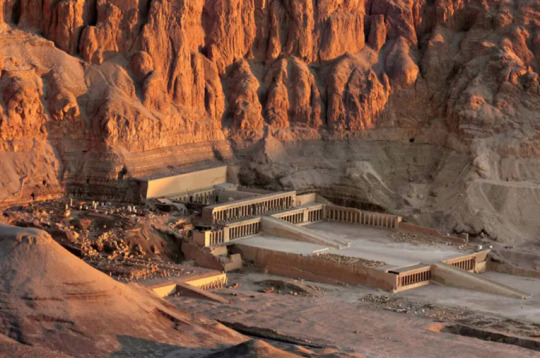
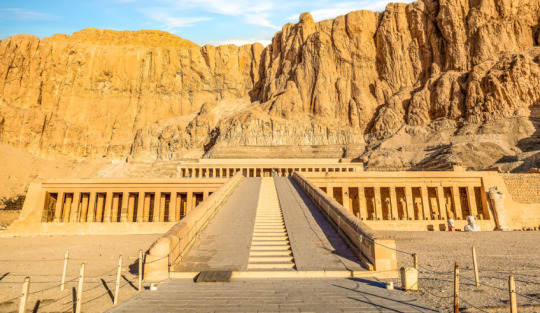


Hatshepsut's Mortuary Temple Complex, situated across the river from the modern city of Luxor. The temple is three stories tall, connected by ramps and terraces. In its day, it contained shrines, chapels, and the sanctuary of Amun-re. These were all woven together with carved reliefs, reflecting pools, and elaborate gardens of exotic plants and trees. Her temple rose from beside the River Nile with a long ramp ascending from a courtyard of trees and small pools to a terrace. Some of these trees were brought from Punt and are the first known successful transplants of trees from one nation to another in history. The remains of these trees, fossilized tree stumps, can still be seen in the courtyard of the temple in the present day.
Symbolism abounds in Hatshepsut’s mortuary temple; symbols that suggest Hatshepsut had a divine right to rule. The temple is not only home to the mortuary shrine dedicated to Hatshepsut, but also includes sanctuaries dedicated to the gods Anubis, Hathor, a local incarnation of Amun, Re, and Hatshepsut’s father Thutmosis I. Hatshepsut honored the god Amun by placing his shrine in the central position of the temple rather than her own, as was normal for pharaohs. By including a shrine to the god Hathor, Hatshepsut symbolically revitalized the tradition of monumental architecture that began in the pyramid building era, which typically included shrines honoring Hathor.
The temple of Hatshepsut was considered to be a wonder of the ancient world by architects. Located at the bottom of limestone cliffs, the temple had courtyards and terraced colonnades that seems to be going up the side of the mountain. The lower levels of the temple had gardens with fragrant trees and pools. The temple had huge images of Hatshepsut with over 100 large statues of Pharaoh Hatshepsut as a sphinx, guarding the processional way. Hatshepsut's burial chamber (tomb KV20) was carved out of the cliffs which form the back of the building.

Hatshepsut's temple was so admired by the pharaohs who came after her that they increasingly chose to be buried nearby and this necropolis came to eventually be known as the Valley of the Kings.
The building of the temple was probably overseen by Senenmut, her trusted advisor who some researchers speculate may have also been her lover.
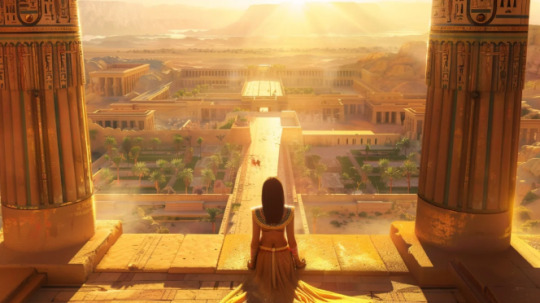
Queen Hatshepsut (1507-1458) was the longest reigning female Pharaoh in Egyptian history, ruling from 1473-1458 BCE. Hatshepsut was daughter of Ahmose, named from her grandfather Pharaoh Ahmose I, who ruled before Thutmosis I and founded Egypt’s eighteenth dynasty. Hatshepsut’s daughters were more closely related to the royal dynasty than Thutmosis III or his son and heir.

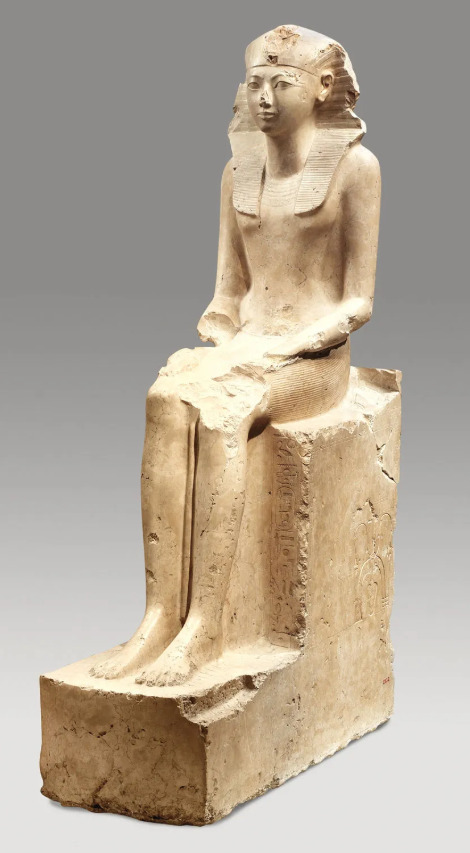
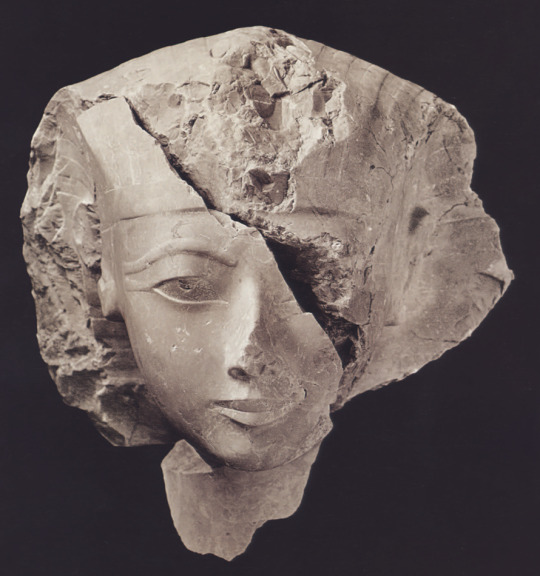
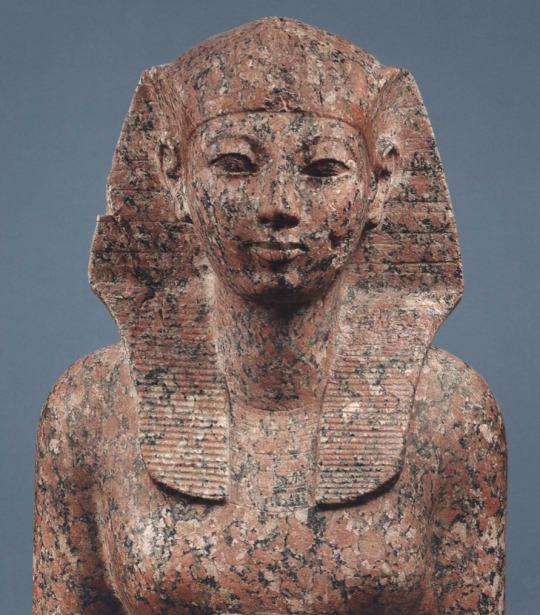
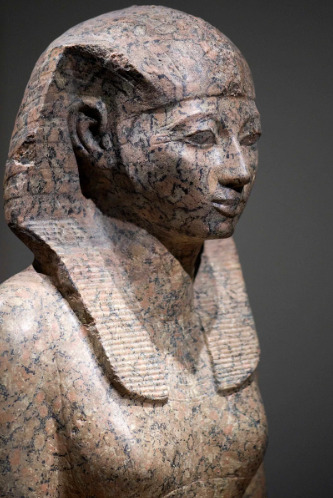

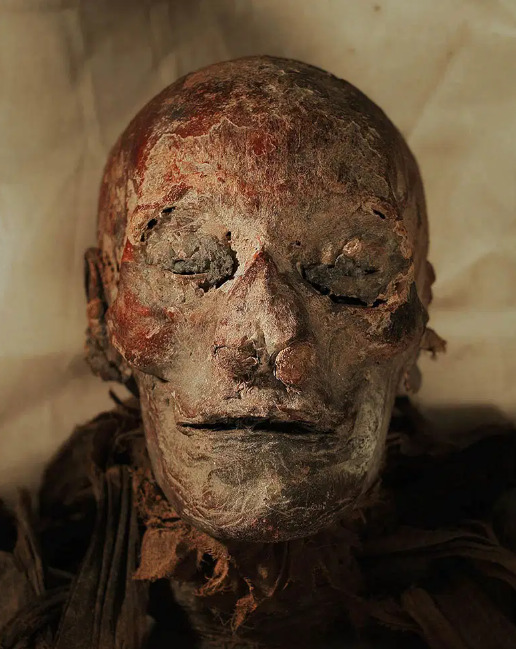
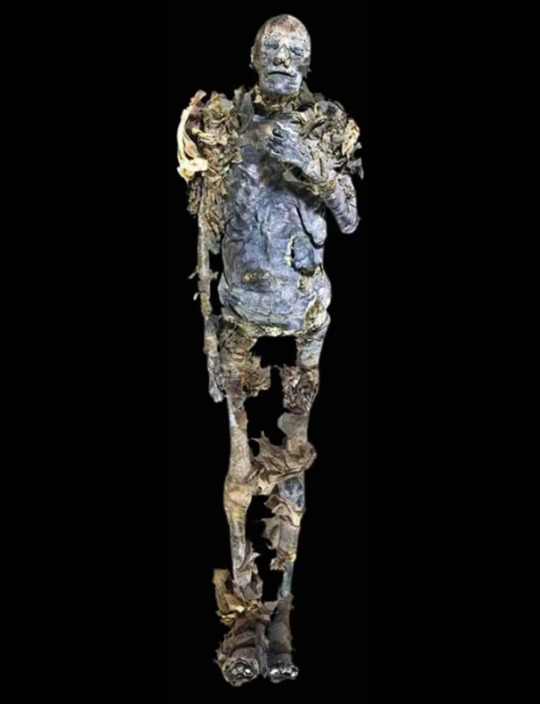
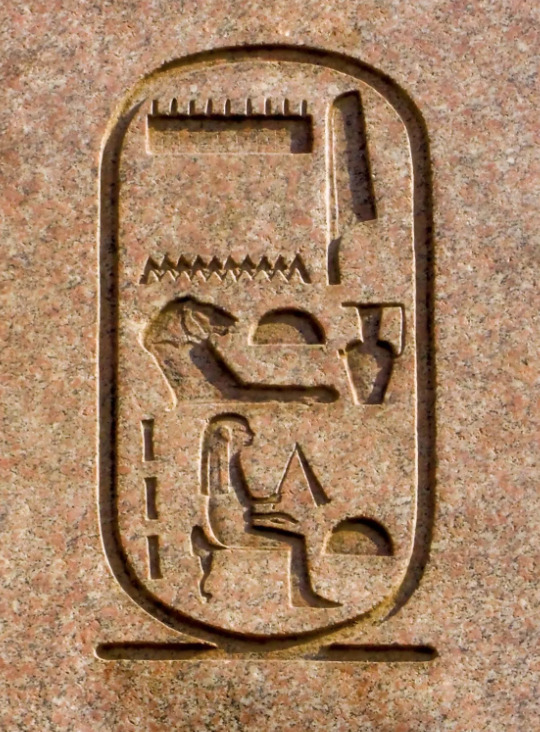
8 notes
·
View notes
Text

Monument Valley III being out is something I just learned and it looks sick as hell, as always.
7 notes
·
View notes
Text

Nick Anderson
* * * * *
LETTERS FROM AN AMERICAN
January 6, 2024
HEATHER COX RICHARDSON
JAN 7, 2024
Today, three years to the day after the January 6, 2021, attack on the U.S. Capitol to prevent the counting of the electoral ballots that would make Democrat Joe Biden president, officers from the Federal Bureau of Investigation arrested three fugitives wanted in connection with that attack.
Siblings Jonathan and Olivia Pollock, whose family owns Rapture Guns and Knives, described on its Facebook page as a “christian owned Gun and Knife store” in Lakeland, Florida, and Joseph Hutchinson III, who once worked there, are suspected of some of the worst violence of January 6. The FBI had offered a $30,000 reward for “Jonny” Pollock, while the other two had been arrested but removed their ankle bracelets in March 2023 and fled.
Family members of the fugitives and of other Lakeland residents arrested for their involvement in the January 6 attack on the Capitol insist their relatives are innocent, framed by a government eager to undermine their way of life. The Pollock family has gone so far as to erect a monument “in honor of the ones who lost their lives on January 6, 2021.”
But it does not honor the law enforcement officers who were killed or injured. It honors the insurrectionists: Ashli Babbitt, shot by a law enforcement officer as she tried to break into the House Chamber through a smashed window (her family today sued the government for $30 million for wrongful death), and three others, one who died of a stroke; one of a heart attack, and one of an amphetamine overdose.
The monument in Lakeland, Florida, is a stark contrast to the one President Biden visited yesterday in Pennsylvania. Valley Forge National Park is the site of the six-month winter encampment of the Continental Army in the hard winter of 1777–1778. After the British army captured the city of Philadelphia in September 1777, General George Washington settled 12,000 people of his army about 18 miles to the northwest.
There the army almost fell apart. Supply chains were broken as the British captured food or it spoiled in transit to the soldiers, and wartime inflation meant the Continental Congress did not appropriate enough money for food and clothing. Hunger and disease stalked the camp, but even worse was the lack of clothing. More than 1,000 soldiers died, and about eight or ten deserted every day. Washington warned the president of the Continental Congress that the men were close to mutiny.
Even if they didn’t quit, they weren’t very well organized for an army charged with resisting one of the greatest military forces on the globe. The different units had been trained with different field manuals, making it hard to coordinate movements, and a group of army officers were working with congressmen to replace Washington, complaining about how he was prosecuting the war.
By February 1778, though, things were falling into place. A delegation from the Continental Congress had visited Valley Forge and understood that the lack of supplies made the army, and thus the country, truly vulnerable, and they set out to reform the supply department. Then a newly arrived Prussian officer, Baron Friedrich von Steuben, drilled the soldiers into unity and better morale. And then, in May, the soldiers learned that France had signed a treaty with the American states in February, lending money, matériel, and men to the cause of American independence. When the soldiers broke camp in June, they marched out ready to take on the British at the Battle of Monmouth, where their new training paid off as they held their own against the British soldiers.
The January 6 insurrectionists were fond of claiming they were echoing these American revolutionaries who created the new nation in the 1770s. The right-wing Proud Boys’ strategic plan for taking over buildings in the Capitol complex on January 6 was titled: “1776 Returns,” and even more famously, newly elected representative Lauren Boebert (R-CO) wrote on January 5, 2021: “Remember these next 48 hours. These are some of the most important days in American history.” On January 6, she wrote: “Today is 1776.”
Trump has repeatedly called those January 6 insurrectionists “patriots.”
Biden yesterday called Trump out for “trying to steal history the same way he tried to steal the election.”
Indeed. The insurrectionists at the Capitol were not patriots. They were trying to overthrow the government in order to take away the right at the center of American democracy: our right to determine our own destiny. Commemorating them as heroes is the 21st century’s version of erecting Confederate statues.
The January 6th insurrectionists were nothing like the community at Valley Forge, made up of people who had offered up their lives to support a government pledged, however imperfectly in that era, to expanding that right. When faced with hunger, disease, and discord, that community—which was made up not just of a remarkably diverse set of soldiers from all 13 colonies, including Black and Indigenous men, but also of their families and the workers, enslaved and free, who came with them—worked together to build a force that could establish a nation based in the idea of freedom.
The people at the Capitol on January 6 who followed in the footsteps of those who were living in the Valley Forge encampment 246 years ago were not the rioters. They were the people who defended our right to live under a government in which we have a say: those like the staffers who delayed their evacuation of the Capitol to save the endangered electoral ballots, and like U.S. Capitol Police officers Eugene Goodman, Harry Dunn, Caroline Edwards, and Aquilino Gonell and Metropolitan Police officer Michael Fanone, along with the more than 140 officers injured that day.
Fanone, whom rioters beat and tasered, giving him a traumatic brain injury and a heart attack, yesterday told Emily Ngo, Jeff Coltin, and Nick Reisman of Politico: “I think it’s important that every institution in this country, every American, take the responsibility of upholding democracy seriously. And everyone needs to be doing everything that they can to ensure that a.) Donald Trump does not succeed and b.) the MAGA movement is extinguished.”
Unlike the violence of the January 6th insurrectionists, the experience of the people at Valley Forge is etched deep into our national identity as a symbol of the sacrifice and struggle Americans have made to preserve and renew democracy. It is so central to who we are that we have commemorated it in myths and monuments and have projected into the future that its meaning will always remain at the heart of America. According to The Star Trek Encyclopedia, the Federation Excelsior-class starship USS Valley Forge will still be fighting in the 24th century… against the Dominion empire.
LETTERS FROM AN AMERICAN
HEATHER COX RICHARDSON
#Valley Forge#American Revolution#American history#history#Letters From An American#Heather Cox Richardson#January 6th Anniversary#sedition#seditious conspiracy#Civil War#The confederacy
37 notes
·
View notes
Text
Why is monument valley III making me cry in the bathroom on a monday night??
4 notes
·
View notes
